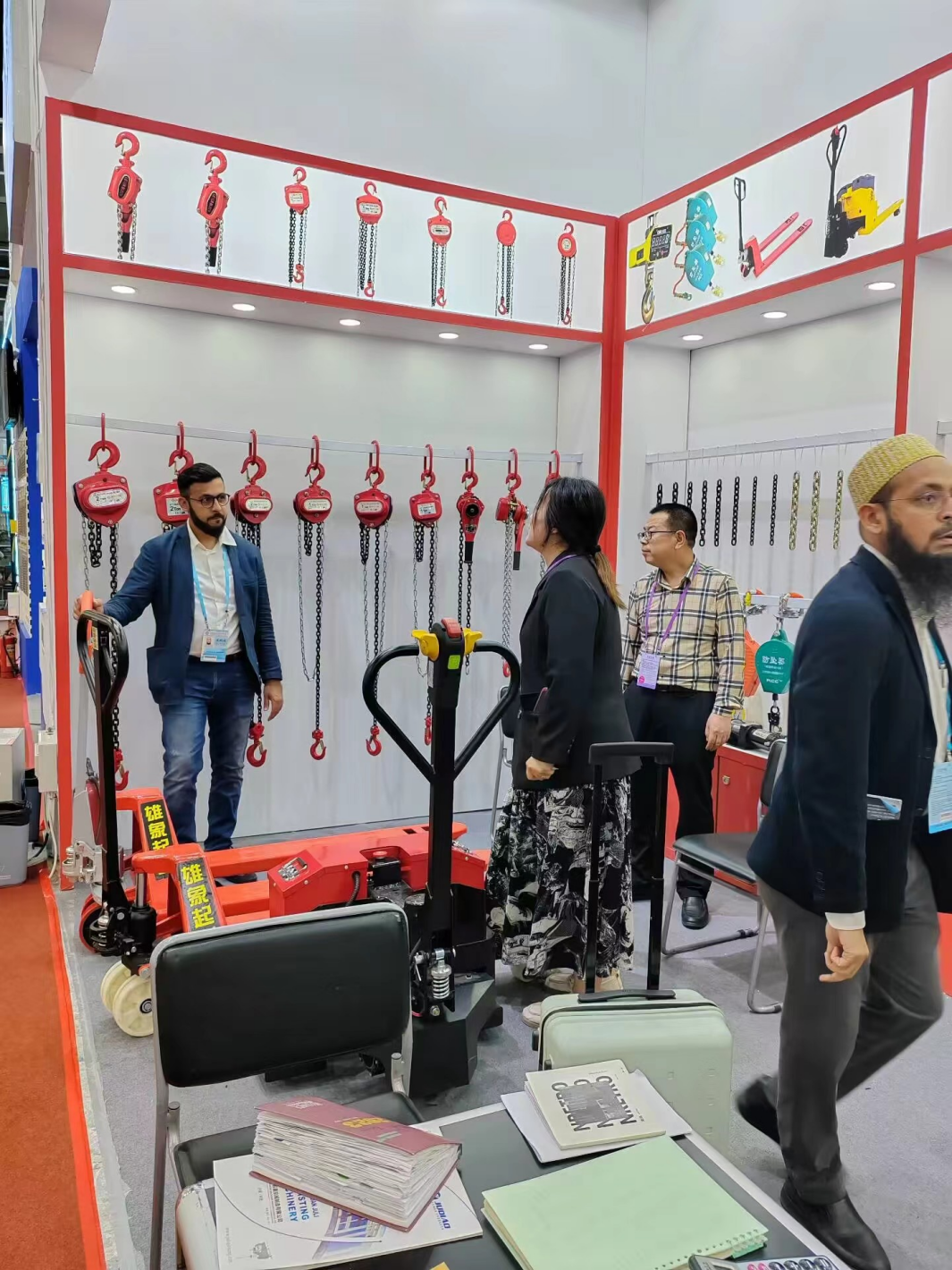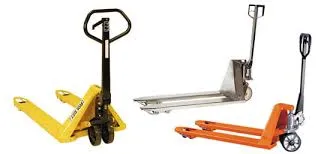Chain pulley blocks, commonly referred to as chain hoists, are indispensable tools in numerous industries around the globe. Their utility spans across verticals such as construction, manufacturing, and automotive sectors, offering an unparalleled blend of efficiency, safety, and reliability. As someone who has delved deep into the engineering behind these devices and their practical applications, I can confidently shed light on how best to integrate chain pulley blocks into various work settings to optimize operations.

Firstly, understanding the construction of chain pulley blocks is crucial for leveraging their full potential. At the heart of their design is a system of chains and gears that work together to lift loads far heavier than an individual could manage manually. This mechanical advantage comes from the cleverly designed gear system that multiplies the force applied by the operator, enabling the lifting of heavy equipment with minimal effort. When selecting a chain pulley block, it is critical to pay attention to the weight load capacity, the durability of the materials used in manufacturing, and the quality of the mechanical components.
For users seeking to maximize productivity, it's essential to consider the specific needs of their environment when choosing a chain pulley block. This includes evaluating the site's spatial constraints, the nature of the loads being lifted, and the frequency of use. The market offers various models, from compact, portable units ideal for small-scale operations to robust, industrial-grade hoists suited for heavy-duty tasks. Ensuring that the chain pulley block fits the specific operational needs is fundamental to enhancing workflow efficiency.

Equally important is the expertise in maintaining these devices. Regular maintenance is not only crucial for ensuring the longevity of the equipment but also for maintaining workplace safety. A poorly maintained chain pulley block can lead to operational inefficiencies and pose significant safety risks. Users must be trained to perform routine checks for signs of wear, such as fraying chains or gear corrosion, and know when to consult professionals for more complex maintenance tasks.
chain pulley block
Safety cannot be overstated when dealing with chain pulley blocks. Proper training in operating these devices ensures that employees understand the center of gravity and balancing principles, which are pivotal in preventing accidents like load swings that can destabilize operations. Additionally, understanding the operational limits of each pulley model and enforcing a strict adherence to these limits is key to maintaining a safe and productive environment.
The ever-evolving technological landscape presents advanced options with electronic and automated chain pulley blocks, which can further enhance efficiency. These modern iterations often come with features such as remote control operation, load sensing, and even automated stopping mechanisms that add an additional layer of safety and functionality. While these advanced models tend to be more expensive, the return on investment is usually justified by the significant gains in productivity and reduction in labor costs.
For companies looking to adopt chain pulley blocks, establishing a partnership with reputable suppliers is invaluable. A trusted supplier not only provides high-quality products but also offers expert guidance on usage, safety, and maintenance practices. They are instrumental in ensuring that the devices are compliant with industry standards and regulations.
In conclusion, chain pulley blocks are a vital asset across various industries due to their efficiency in load management. Their selection and maintenance require a blend of expert knowledge and practical understanding of their operation within specific environments. By focusing on these aspects and partnering with reputable suppliers, businesses can optimize their processes while ensuring safety and reliability. Investing in the right chain pulley block, combined with appropriate training and maintenance, paves the way for streamlined operations and sustainable growth.








